The Pest Blog
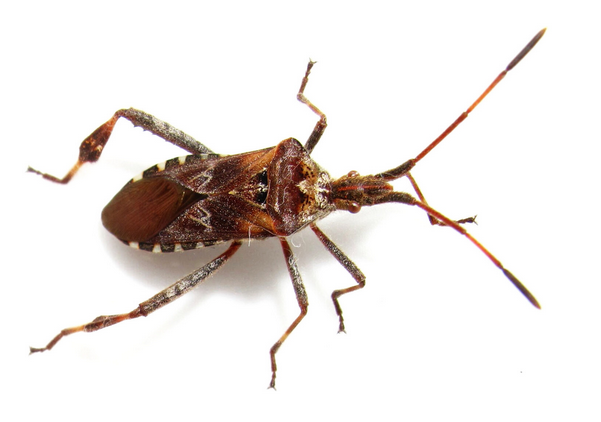
A Fall Affair: Know Your Stink Bugs and their “Crawley” Cousins
Before Pumpkin-Spice-Everything takes its cultural grasp on the region, leaf-peeping tourists aren’t the only critters invading New Hampshire this time of year – and one class of “invaders” in particular are here for more than stunning New England foliage. As September arrives, many insects are already preparing for their winter hiatus – and the attics and soffits of NH homes are often the targets.

Wasp Control: Taking the “sting” out of summer sizzle
New Hampshire is home to several species of stinging insects that all fall under the same family known as Vespidae; all with varying degrees of temperament around humans. One of the most common bouts of confusion surrounding stinging insects is identification, and the reference to such. Wasps are not the same as bees, and hornets are not the same as solitary wasps. Understanding the differences between species and genus is paramount to determining whether the stinging insect you’ve encountered poses a safety threat.
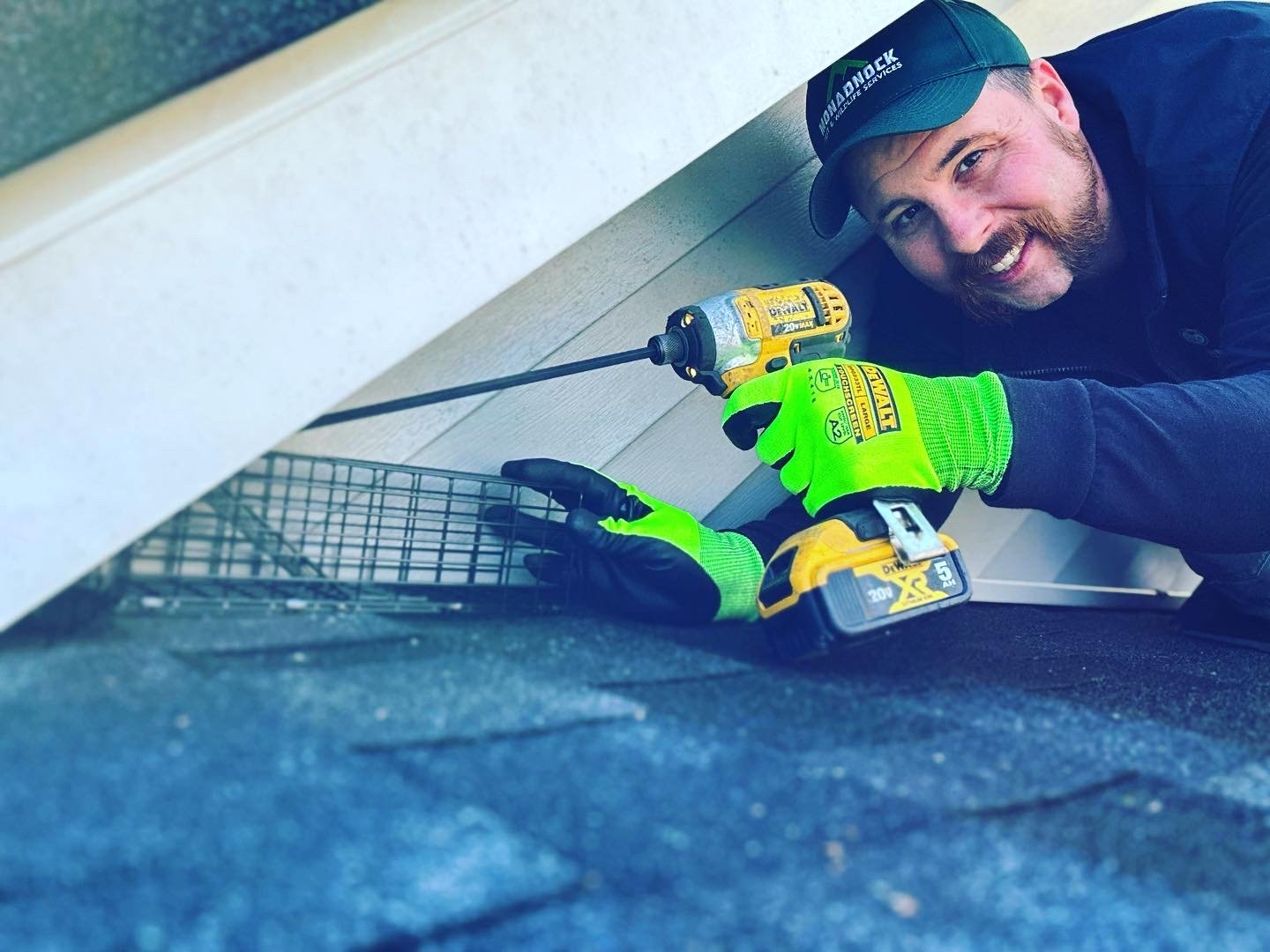
Damage from Above: Don’t let pests go “over your head”.
Whether its soiled insulation posing health risks and impacting coveted R-value for home heat efficiency, hazardous electrical wiring gnawed by persistent rodents, or structural damage caused by wood-destroying and boring insects; what you can’t see above you may pose serious problems.
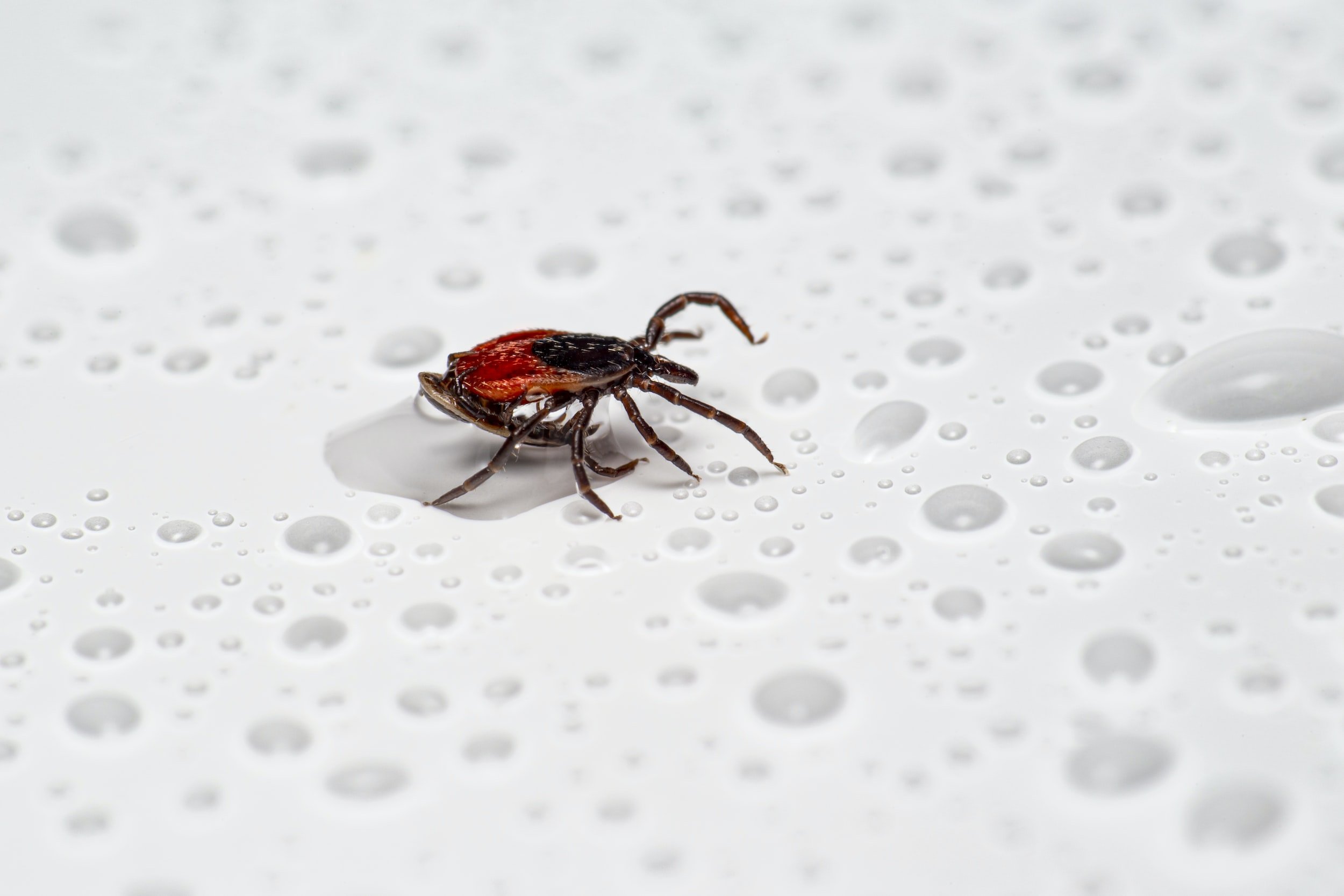
Tick or Treat: Fall Tick Activity Brings Little Reprieve
As New Hampshire’s fall season is by now well underway, the season also brings added run-ins with those pesky parasites - ticks! Fall season is when these blood feeders, most notably Blacklegged ticks, a species which carries Lyme disease and other tick-borne infections, are the most active.
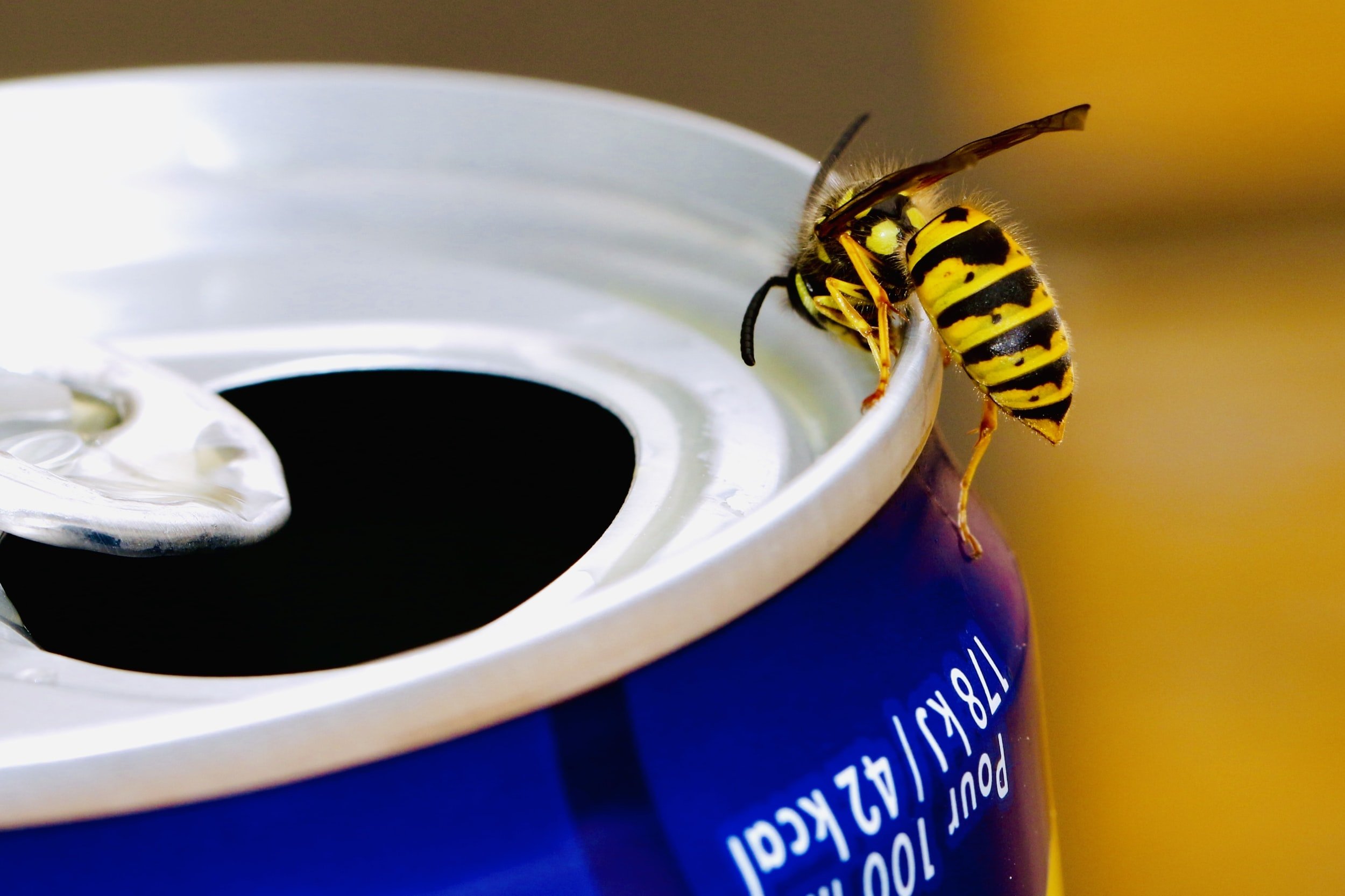
Heatwave: Those NH critters that “like it hot”
While most of us are metaphorically melting, some creatures who call the Granite State home are no strangers to hot & humid. So settle into some AC climate control and read all about the New Hampshire critters that can definitely take the heat.

New Hampshire snow loads help predict spring pest pulse
Although February in New Hampshire doesn’t tend to elicit thoughts of mosquitoes, ticks, and other pesty summer critters, the season’s iconic snow cover may provide a barometer of what we can expect for pest pressure this coming spring.
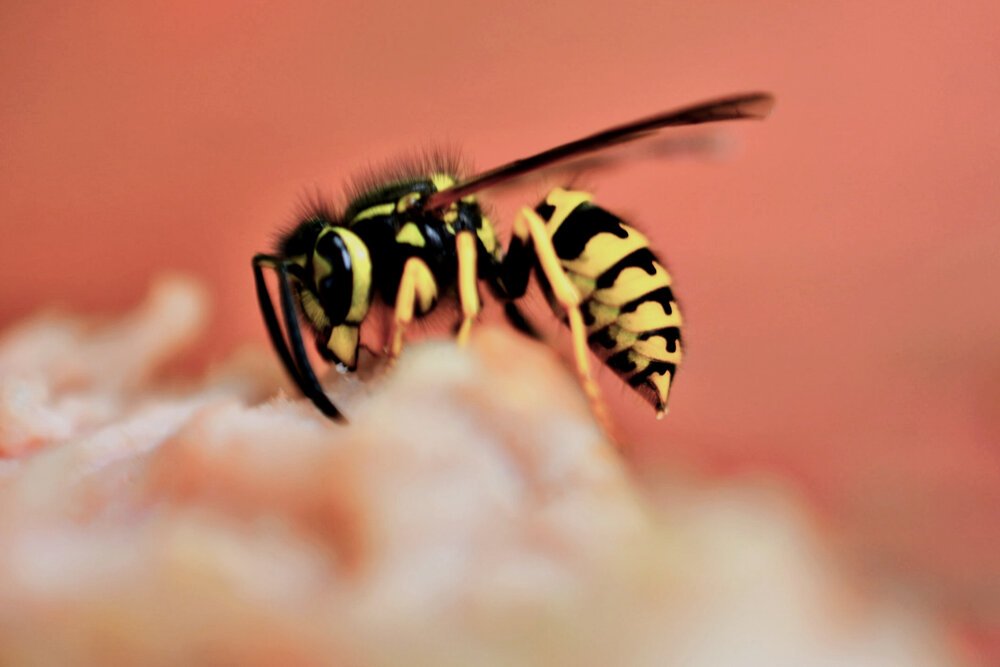
Late Season Stingers: The “buzz” with Autumn yellow-jacket activity.
While present throughout the spring and summer, yellow jacket nests are at their largest during late summer and early fall (with each nest boasting roughly 1,000-4,000 workers). As the number of developing larvae increases throughout the season, workers will forage and expand upon the nest construction; doubling the size of the colony every few weeks throughout the summer.

From the loins of the Ugly Stick: Behold the Dobsonfly
Growing up on a river, my fascination with this complex creature started at a young age. My first observation of an adult Dobsonfly was one of both immense inquiry, and sheer awe that nature could conjure something so down-right ugly.

Do Your Ants Have Wings?
While the propagation of winged ants isn’t overtly concerning for many ant species, the select few that infest human structures can cause quite the issue as your home now becomes their home.
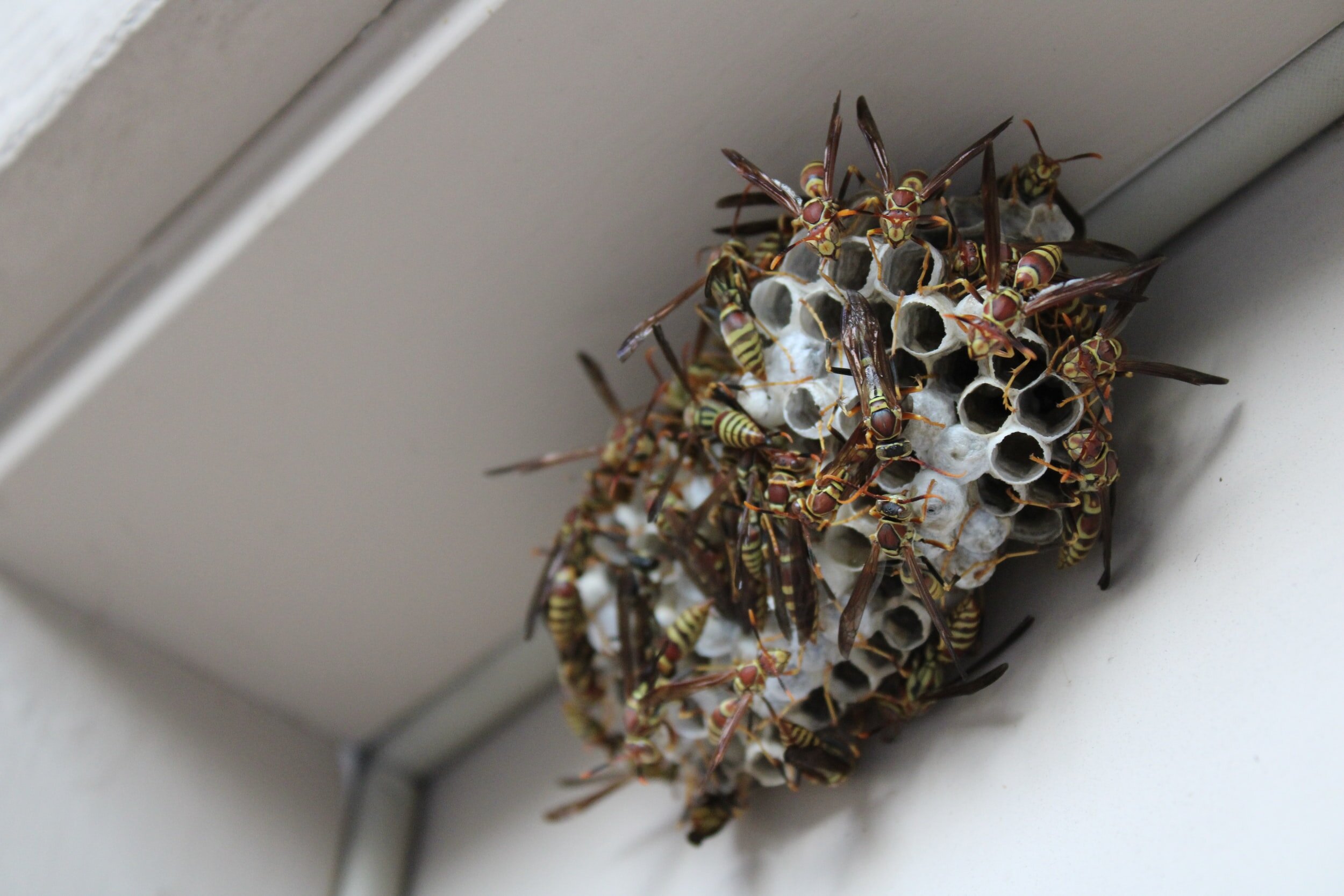
Noticeable rise in New England’s swarming wasps this spring, explained
All it takes is a few warm spring days (around 70°) to awaken lethargic wasps from their winter hiatus. While mostly slow moving when trapped inside, crawling around floors or windows indoors, these wasps become incredibly active in the spring sunlight - particularly on the sunniest sides of homes around peaks of gable roofs and trim areas.

Backyard feeders aren’t just “for the birds.”
While the intent of the bird feeder is pretty clear, many are unaware of the unintended consequences that come with providing a 24/7 all-you-can eat buffet to your local wildlife.
